HUDSON VALLEY, N.Y. — A new in-depth study has revealed that a significant number of residents in the Hudson Valley and parts of Upstate New York are facing mounting financial pressure, with many living paycheck to paycheck and reporting that their communities have become increasingly unaffordable.
The findings, released in a joint research effort between the Siena College Research Institute and the Benjamin Center for Public Policy Initiatives at SUNY New Paltz, paint a sobering picture of life for thousands of New Yorkers grappling with rising costs, stagnant wages, and economic insecurity.
Survey Covers Four Key Counties in the Region
The study surveyed over 1,500 residents across four counties in the Hudson Valley region: Dutchess, Orange, Sullivan, and Ulster. These counties represent a wide mix of urban and rural populations, middle-class suburbs, and economically vulnerable communities.
According to Siena College, the results “clearly indicate that a large portion of the population is under financial stress, with many struggling to afford basic necessities and stay afloat each month.”
Six in Ten Households Are Living Paycheck to Paycheck
One of the most startling takeaways from the study is that 60% of residents in the surveyed counties report living paycheck to paycheck—a sign that many families have little to no financial buffer to absorb unexpected expenses or disruptions in income.
More than half of respondents (51%) admitted they would be unable to cover their monthly bills if they suddenly lost their primary source of income.
These financial struggles come even as the region continues to recover from the economic toll of the COVID-19 pandemic. While unemployment has dropped in recent months, the cost of essentials like housing, groceries, and utilities has surged, wiping out much of the progress made in job recovery.
The Affordability Crisis: Communities Are Becoming Too Expensive
Another striking finding: 63% of residents said they no longer consider their communities to be affordable.
The rising cost of housing, in particular, was cited as a major concern. Residents said high mortgage and rent payments are not only limiting their ability to save but also impacting their ability to spend on non-essential items, making it harder for local businesses to thrive.
Even modest homes are becoming out of reach for middle-income families, and renters are being squeezed by rising lease rates, often without corresponding increases in income.
Inflation and Rising Prices Fuel Financial Anxiety
The study also revealed widespread concern over the growing gap between income and living expenses:
- 79% of respondents said they are stressed that the cost of living is rising faster than their household income
- 78% reported experiencing financial hardship due to recent inflation and rising prices
From gasoline to groceries, utility bills to childcare, residents said they are cutting back on spending across the board in an effort to stretch their incomes further each month.
Most Relying on Social Security to Secure Their Retirement
As the cost of daily life continues to rise, many respondents said they feel uncertain about their financial future—especially retirement. A majority indicated that they see Social Security as a critical part of their retirement plan, with few expecting to rely solely on personal savings or employer-based pensions.
The results reflect growing concern that retirement security may be out of reach for those who are already struggling just to pay the bills today.
Experts Say Financial Literacy and Policy Reform Are Key
Economists and policy experts say the findings should be a wake-up call for local leaders and state policymakers. Without action on housing affordability, wage growth, and inflation management, the long-term economic health of the region could be at risk.
“There is clearly a need for both financial education and systemic reform,” said one policy analyst. “People aren’t struggling because they’re irresponsible—they’re struggling because the system isn’t keeping pace with the realities they face every day.”
A Call to Action for Hudson Valley Communities
Community organizers and nonprofit leaders are also calling on state officials to prioritize economic relief initiatives, such as affordable housing development, expanded social services, and cost-of-living adjustments for lower- and middle-income workers.
Meanwhile, residents are encouraged to seek out money-saving resources, local support networks, and state assistance programs that may help alleviate short-term financial burdens.
How You Can Help or Get Help
If you’re experiencing financial hardship or want to help those who are, consider the following:
- Contact your local Department of Social Services for information on housing, food, and utility assistance
- Use free financial counseling offered through community centers or nonprofit agencies
- Support local food banks and housing organizations through donations or volunteer work
As the economic landscape continues to evolve, studies like this help shine a light on the real struggles facing everyday New Yorkers, bringing urgency to the need for sustainable, community-driven solutions.



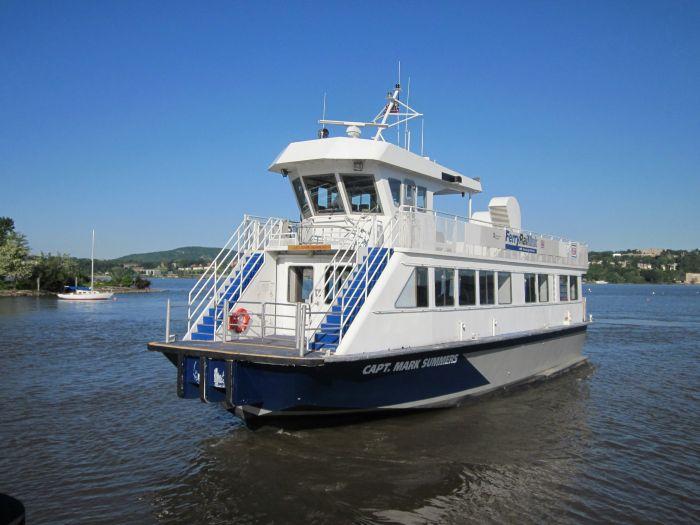
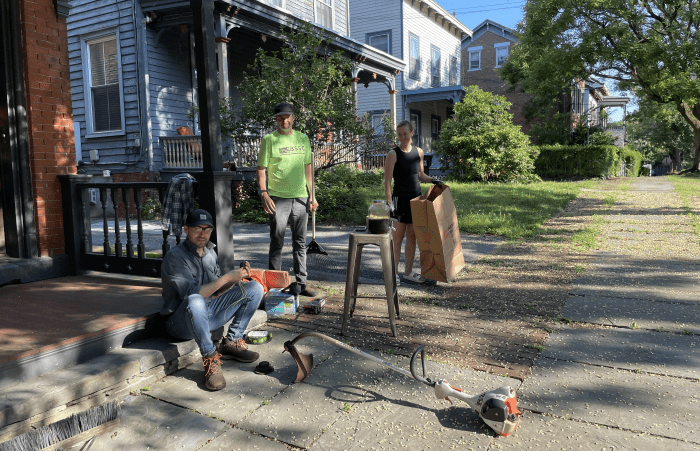






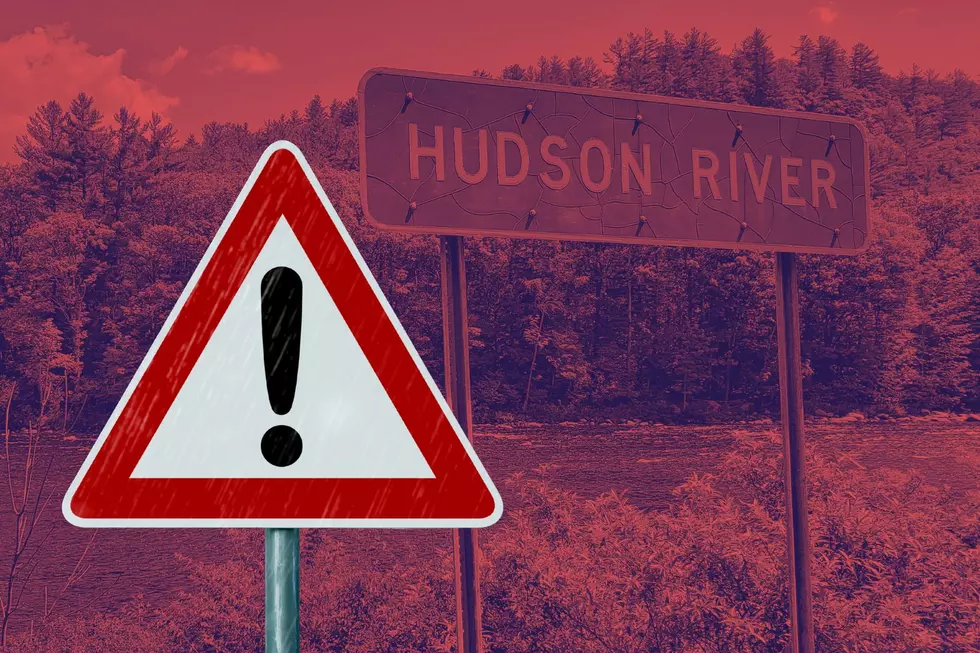

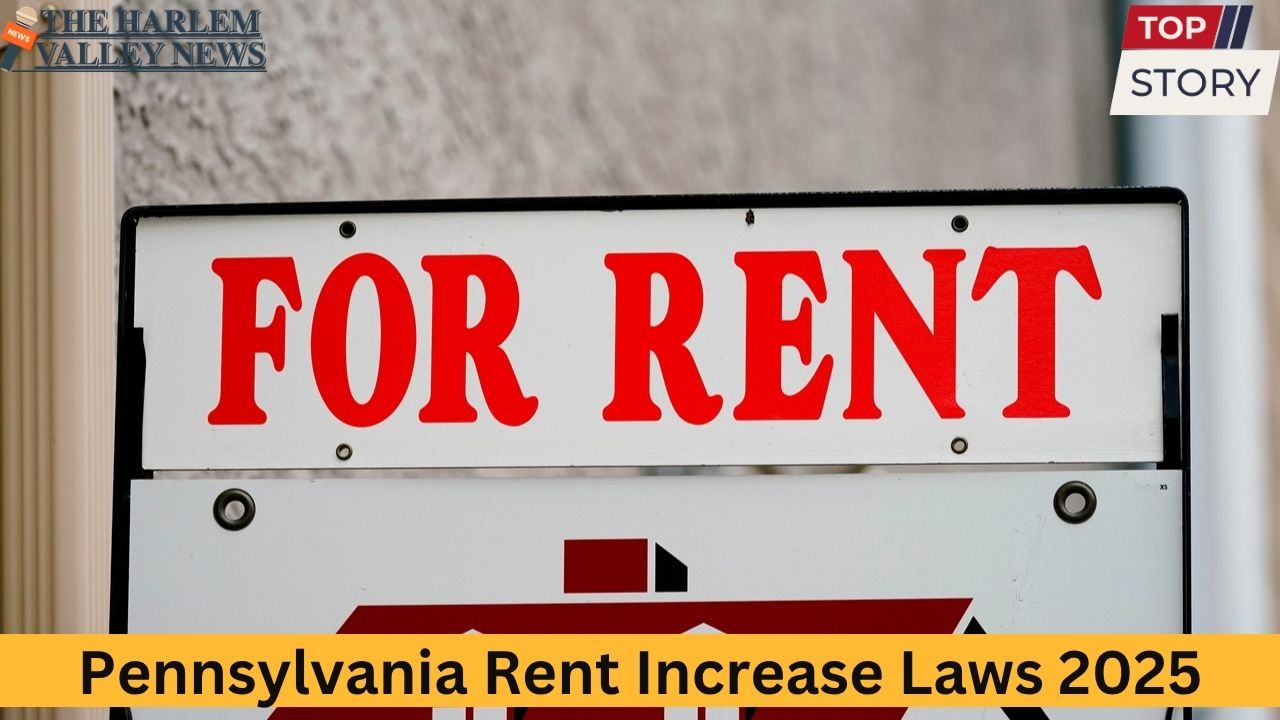
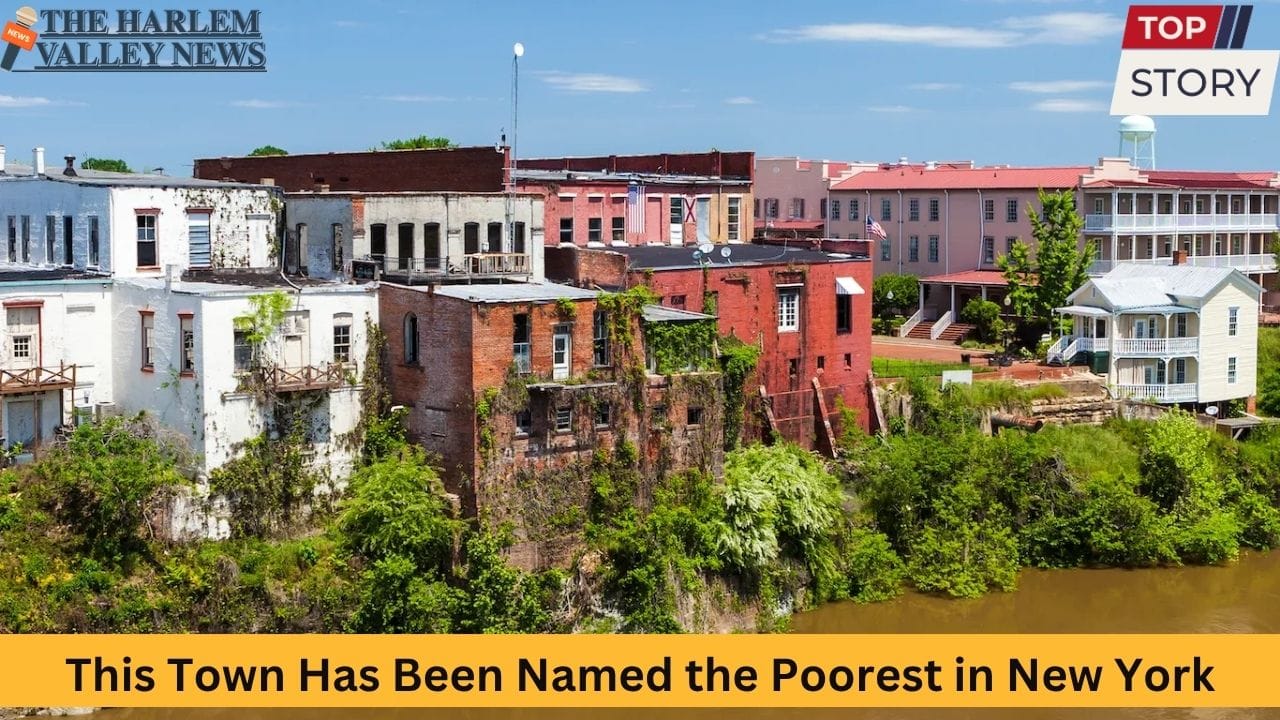

Leave a Reply